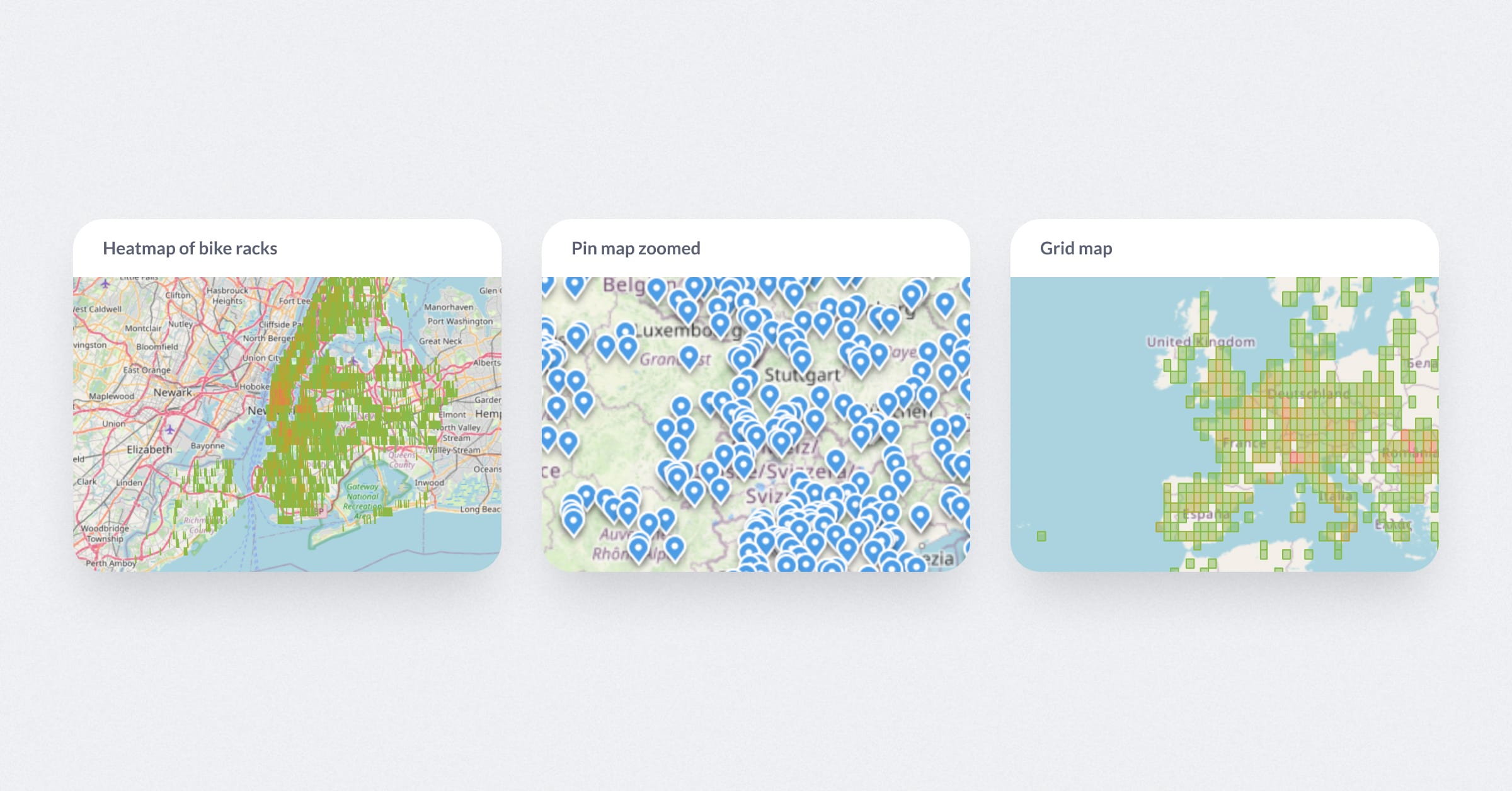‧
5 min read
Analytics rumblings in the public markets in 2015
Sameer Al-Sakran
‧ 5 min read
Share this article
While through Q2, things seemed very rosey in the public markets for most analytics companies, the overall rumblings in the tech market put a damper on valuations to close out 2015.
There are a number of management teams that are no doubt glad the year is over, some that still feel pretty certain they’ll still have jobs in 2016, and three in particular that are positioned to make much bigger waves in the coming year.
Glad the year is over
In what was probably the biggest event of the year, Informatica(NASDAQ:INFA), long the main player in ETL software (software used to move data around in an organization and transform it into a format usable by downstream analytics software), was taken private in April (http://www.wsj.com/articles/permira-cppib-poised-to-take-informatica-private-in-5-billion-deal-1428398039) by Permira Advisers LLC and the Canada Pension Plan Investment Board for $5.3 billion. Of all the big players it is uniquely exposed to the rise of Hadoop, as the use of Hadoop clusters and MapReduce (or Spark) has reached significant maturity and adoption. It will be interesting to see if the buy-out will result in anything more than financial engineering or if it will tackle Informatica’s eroding competitive position head-on.
Horton Works (NASDAQ:HDP) has been public for a year now, and is down 17%, as it struggles with a rough mix between license and services revenue. The lack of significant movement in one of the main standard bearers for Hadoop casts a bit of a shadow over expected IPO revenue multiples for others following in its footsteps, especially other Hadoop companies ending in “loudera”.
Teradata (NYSE:TDC), which makes the original main analytics database, ended up down significantly (-40% YoY) for the year. It too is stuck in a difficult position, as it’s customer base is as long in the tooth as the San Francisco Opera donor list. It is finding it increasingly hard to compete with other commercial analytics databases (Vertica, SQL Server, SAP HANA, etc). Additionally, the combination of the cheap RAM and open source alternatives like Druid, Presto, Spark and Impala are eating away at the overall market.
Cautiously optimistic
Qlik (NASDAQ:QLIK), a major international player in Business Intelligence software, ends the year essentially flat (-2%) despite having broken a share price of $40 in the fall. With revenue growth slowing down from 40% YoY in 2010 to it’s latest tick of 9% in its last 10-Q, the growth story is under pressure. While revenues in the highly integrated and customized Qlik flagship product remains strong, it’s new self serve Qlik Sense is entering into a highly competitive market with Microsoft’s Power BI, Salesforce Analytics cloud as well as a number of startups attacking from below (Looker, Metabase). Tableau (NYSE:DATA) was up modestly (7%), in many ways living in a world of its own. While nominally competitive with most other names in this survey, it still serves as the uber analyst charting tool, allowing power users an unrivaled charting experience and continues to grow revenues.
Microstrategy (NASDAQ:MSTR) is up modestly (7%). Despite being primarily known as the BI vendor of last resort for companies with challenging requirements, Microstrategy came out with a confusing offering in its mobile identity solution, Usher. It remains to be seen if this becomes a legitimate second revenue line or is part of a long genteel decline as revenues decline year over year (15% YoY in the last 10-Q in October), despite spending in the sector as a whole increasing.
Can’t wait till next year
There are three companies that have emerged from 2015 with the potential to really ruin everyone else’s coming year. None of these are pure-play analytics companies but rather each has an extremely strong competitive position they will be bringing to bear carving out an increasing share of the corporate analytics budget.
Never shy to press an advantage from an adjacent monopoly position, Microsoft (NASDAQ:MSFT) has also been the Big Fish in analytics spend for over a decade. The combination of high end software services, SQL Server and Office integration (Excel + Powerpoint + Word documents are a common ending place for analytics results), and its January acquisition of Revolution Analytics (the company behind the R statistical language) make for a very interesting mix of capabilities. With Power BI released to general availability in July and integration with Cortana announced as a beta in December, things in the Windows ecosystem are getting very interesting indeed. One thing to watch is whether the New Open Microsoft starts to make inroads in other ecosystems (Hadoop, other Analytics Databases, etc).
Salesforce (NYSE:CRM) have been anything but subtle with their intentions to carve out more of the enterprise software budget. Having become synonymous with sales automation in the SaaS era, they have made significant investments in marketing automation with their purchase of ExactTarget as well as building out their Marketing Cloud offering. While their analytics offering, Wave Analytics, is still slowly getting adoption with a 6% attach rate of customers, another 14% of customers surveyed by Bluewolf indicated they intend to purchase Wave Analytics in 2016. Given how much of the data powering sales and marketing applications of analytics already lives within Salesforce’s walls, they have an extremely enviable position from which to expand into the overall analytics and big data budget.
Amazon (NASDAQ:AMZN) has an increasingly pivotal asset in Amazon Web Services (AWS). While it has a very mixed record of commitment and follow through with add-on services (eg. the state of EMR in the early years and OpsWork in recent times has been a very mixed bag), it nonetheless is becoming the default cloud hosting provider. In september they announced Quicksight, a combination of an ETL pipeline to get data into a Redshift cluster as well as what is rumored to be a white labeled version of Zoomdata. With Quicksight still in preview, it’s hard to tell how polished the eventual product will be or when it will come out, but it can certainly ruin a lot of companies’ 2016.
All in all, there’s a tremendous amount of progress and growth in the space. It’ll be a dangerous year to sit still and rest on laurels earned in previous years or, in some cases, decades.



